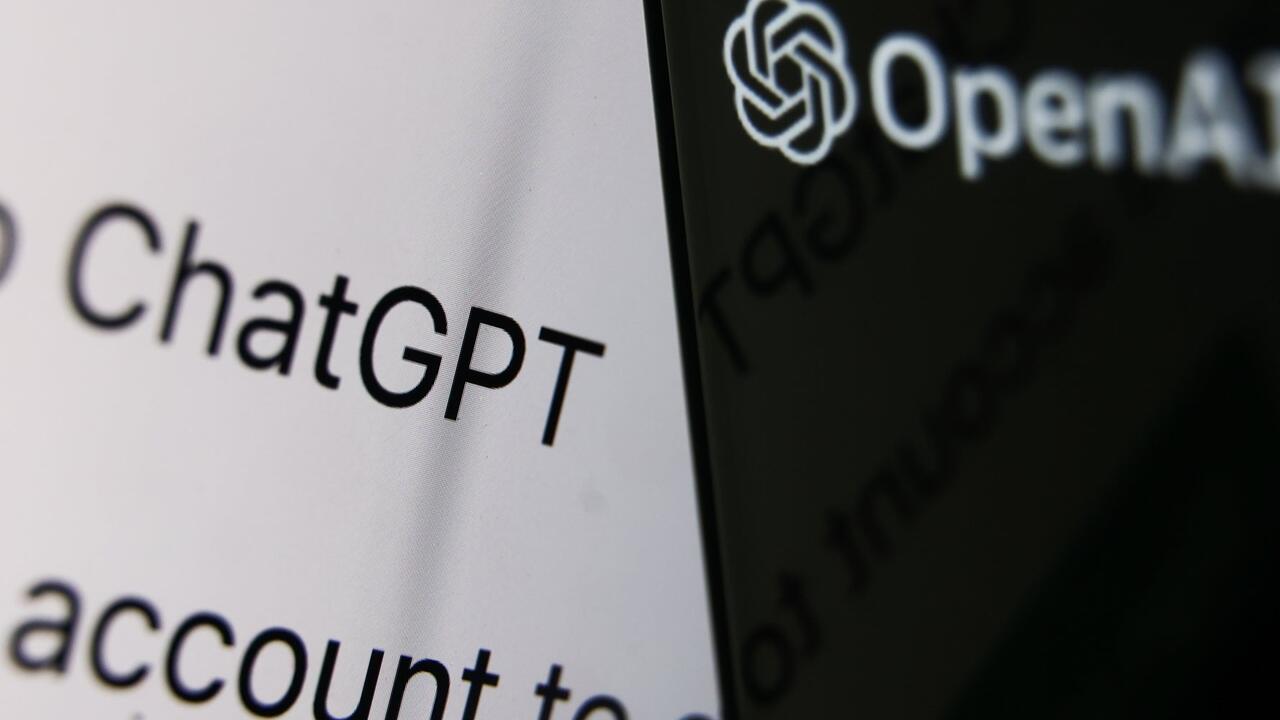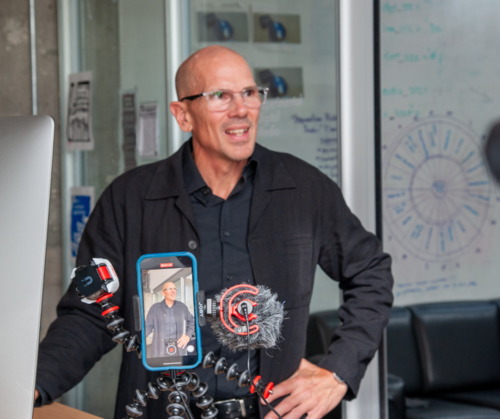
Post-secondary sector must embrace emerging AI technology in education
ChatGPT is a disruptive technology for many sectors

ChatGPT is a disruptive technology for many sectors
By Jon Parsons University RelationsSince its release in November 2022, OpenAI’s ChatGPT has caused a stir, with a stream of op-eds and news stories focused on the ways the program opens possibilities for academic misconduct by students.
But for professors at the University of Waterloo, interest in the new AI is more about how it can be used in the service of education and how it impacts sectors across the economy.
“The first thing you have to say is it’s super disruptive,” says Dr. Marcel O’Gorman, a professor in the Department of English at the University of Waterloo and the founding director of the Critical Media Lab. “The question is, what is it disrupting? Sure, some of the discussion has to be about impacts in education, but I think that might be missing the mark.”

Dr. Marcel O’Gorman, professor of English at the University of Waterloo and founding director of the Critical Media Lab.
O’Gorman points out that programs like ChatGPT expose the constructed nature of language used in so much of public life, such as from companies, governments and organizations of all kinds. The language used when speaking to the public, such as in marketing or public relations, can now easily be seen as “boilerplate” since the same text is churned out by the AI.
But while such disruption can spur innovation and compel reflection, O’Gorman says it can also have a potentially negative effect on public life. “Because if people suddenly don’t know if something is generated by a bot, that might further exacerbate the erosion of trust we’re experiencing.”
As far as its immediate impacts on the university, O’Gorman thinks that while there are some obvious concerns to think about, there are far more possibilities and opportunities.
“Here at Waterloo, we’re a high-tech university with technologically sophisticated students. We’re at the forefront of experimenting with these new technologies when they come out and even forecasting their potential impacts on society. There’s a huge demand for people who can operate in a digital economy and have the know-how to adopt and use rapidly evolving digital technologies.”
“We’re doing everything we can to encourage that,” O’Gorman continues. “And we can also train students to prioritize human wellbeing as they design the future of disruptive tech.”
As for any concerns about so-called student cheating ChatGPT may enable, O’Gorman notes there are always straightforward ways to adapt assessments to foster a culture of academic integrity and engagement. One easy way is to have students complete coursework that involves the creation and evaluation of knowledge, rather than more rudimentary assessment of memorization or simple understanding.
“In my classes, I have the students create original designs, original objects, artifacts, whatever it might be. And then their written work is analyzing and evaluating what they made, how they made it and why they made it. You can’t ChatGPT that, because it’s a unique object in the world and students are doing novel work.”
O’Gorman says he is looking for ways to incorporate the use of ChatGPT and other new AI in his upcoming courses and workshops with the Critical Media Lab.
Read more about how the University of Waterloo is adapting teaching practice and promoting academic integrity in the context of disruptive technologies.

Read more
An ethical approach to technological change is growing in Waterloo’s innovation ecosystem

Read more
Waterloo’s institutional response to ChatGPT

Read more
Nobel Laureate Donna Strickland is set to co-lead a new interdisciplinary network
The University of Waterloo acknowledges that much of our work takes place on the traditional territory of the Neutral, Anishinaabeg, and Haudenosaunee peoples. Our main campus is situated on the Haldimand Tract, the land granted to the Six Nations that includes six miles on each side of the Grand River. Our active work toward reconciliation takes place across our campuses through research, learning, teaching, and community building, and is co-ordinated within the Office of Indigenous Relations.